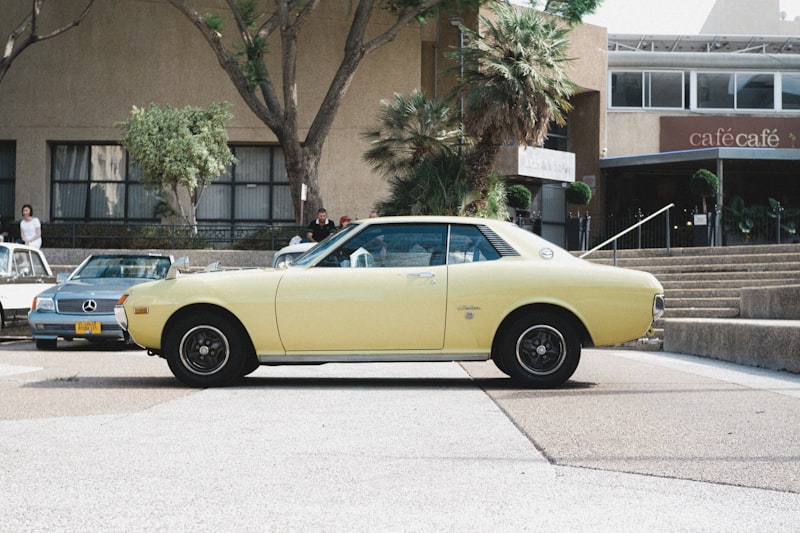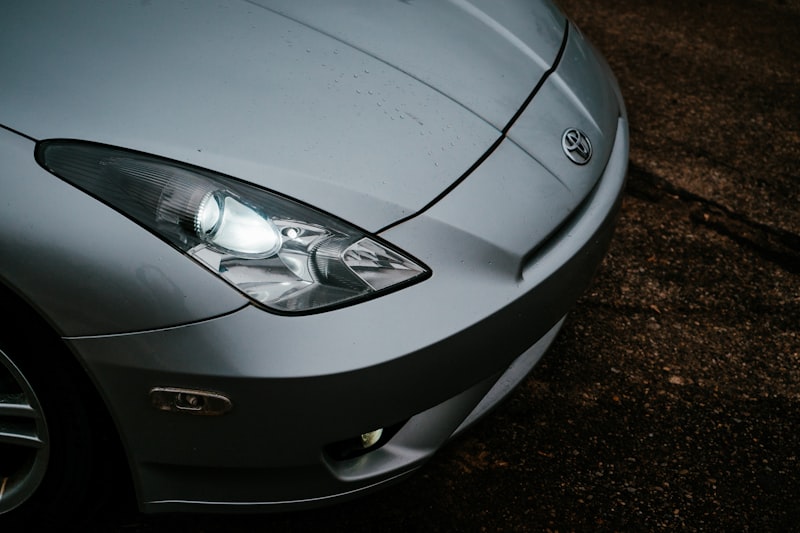The Toyota Celica is a popular sports car that has been around for several decades. However, there are certain years that enthusiasts and experts recommend avoiding due to recurring issues. Knowing which years to avoid can save you from potential headaches and costly repairs. In this article, we will discuss the Toyota Celica Years To Avoid and highlight some of the common problems associated with those specific years.
Years to Avoid:
- 1999: Engine Oil Consumption
- 2000: Transmission Failure
- 2001: Engine Stalling
- 2002: Cracked Exhaust Manifold
- 2003: Valve Cover Gasket Leaks
- 2004: Sudden Acceleration Issues
- 2005: Power Window Failures
- 2006: Ignition Coil Problems
- 2007: Brake Master Cylinder Leak
- 2008: Faulty Airbag Sensors
These are just a few examples of the years and problems to be cautious of when considering a Toyota Celica. It’s important to note that not all vehicles from these years will experience these issues, but they have been reported frequently enough to warrant attention. Prioritizing a thorough inspection and possibly seeking expert advice before purchasing a used Celica from these years can be a wise decision.
Troubled Years
1999: Engine Oil Consumption
The year 1999 for the Toyota Celica is known for its engine oil consumption issue. Many owners reported that their vehicles had a tendency to consume excessive amounts of engine oil. This problem could lead to various complications, such as decreased engine performance, potential engine damage, and the need for frequent oil top-ups.
2000: Transmission Failure
In the year 2000, the Toyota Celica faced a significant problem with transmission failure. Numerous owners experienced issues with their transmissions, including slipping gears, difficulty in shifting, and complete transmission failure. This problem could result in expensive repairs or even the need for a full transmission replacement.
2001: Engine Stalling
For the 2001 Toyota Celica, one of the prevalent problems was engine stalling. Many drivers reported instances where their vehicles would suddenly stall while driving, causing potential safety concerns. The exact cause of the stalling varied, but it often required thorough inspection and troubleshooting to identify and fix the underlying issue.
2002: Cracked Exhaust Manifold
In 2002, the Celica faced a common problem related to the exhaust manifold. Owners reported cracks developing in the exhaust manifold, resulting in noisy exhaust leaks. This issue could lead to reduced engine performance, increased emissions, and the need for manifold replacement to restore proper functionality.
2003: Valve Cover Gasket Leaks
The 2003 Toyota Celica experienced a common problem with valve cover gasket leaks. Many owners noticed oil leaking from the valve cover gasket, leading to oil stains in the engine compartment and potential engine oil loss. Timely repair or replacement of the gasket was necessary to prevent further oil leakage and maintain proper engine lubrication.
2004: Sudden Acceleration Issues
In 2004, some Toyota Celica models encountered sudden acceleration issues. Drivers reported instances where the vehicle would unexpectedly accelerate, posing safety risks. This problem required thorough investigation and potential repairs to address any underlying electrical or mechanical issues causing the sudden acceleration.
2005: Power Window Failures
The year 2005 saw an issue with power window failures in the Toyota Celica. Many owners experienced problems with their power windows not functioning correctly or becoming stuck in the closed or open position. Addressing this problem often involved repairing or replacing faulty window regulators or switches.
2006: Ignition Coil Problems

2007: Brake Master Cylinder Leak
In 2007, the Toyota Celica had a notable problem with brake master cylinder leaks. Some owners observed leaks in the brake master cylinder, which could result in a loss of brake fluid and potentially compromise braking performance. Prompt repair or replacement of the affected components was crucial to ensure safe operation of the vehicle’s braking system.
2008: Faulty Airbag Sensors
The final troubled year on our list is 2008, known for faulty airbag sensors in the Toyota Celica. Owners reported issues with the airbag sensor system, including warning lights continuously illuminating or failing to activate during a collision. Proper diagnosis and repair were essential to maintain the effectiveness of the vehicle’s safety features.
It’s important to note that while these years are associated with certain problems, not all vehicles from those years will experience them. However, being aware of these issues can help you make an informed decision when considering a used Toyota Celica from these specific years.
Important Points to Know
- The Toyota Celica has had certain years that are recommended to be avoided due to recurring problems.
- These troubled years include 1999, 2000, 2001, 2002, 2003, 2004, 2005, 2006, 2007, and 2008.
- Each troubled year is associated with specific issues such as engine oil consumption, transmission failure, engine stalling, cracked exhaust manifold, valve cover gasket leaks, sudden acceleration issues, power window failures, ignition coil problems, brake master cylinder leaks, and faulty airbag sensors.
- Not all vehicles from these years will experience the mentioned problems, but it’s advisable to be cautious and thoroughly inspect any used Toyota Celica from these years before purchasing.
Final Words
When considering a Toyota Celica, it’s essential to be aware of the troubled years and the potential problems associated with them. By familiarizing yourself with the specific issues faced by the Celica in those years, you can make a more informed decision when buying a used vehicle. Remember, not all cars from the troubled years will have these problems, but being cautious and seeking expert advice or inspection can help mitigate any risks. Prioritize thorough research and consider the overall condition and maintenance history of the prospective Celica to ensure a reliable and enjoyable driving experience.

